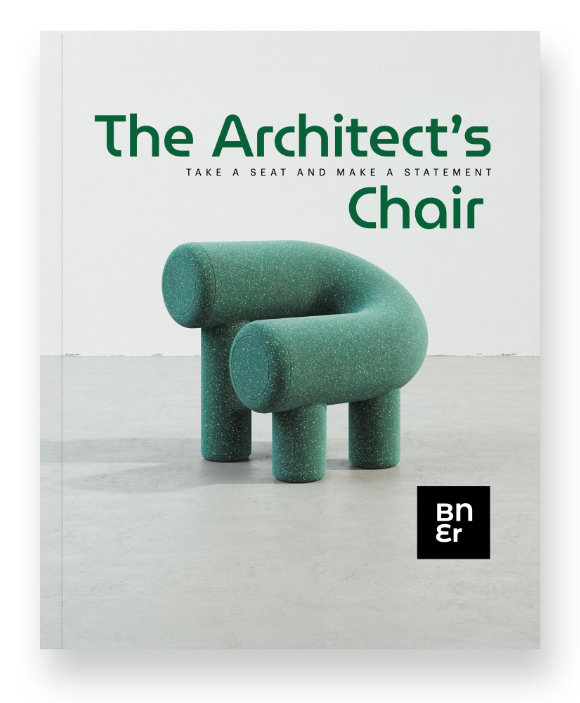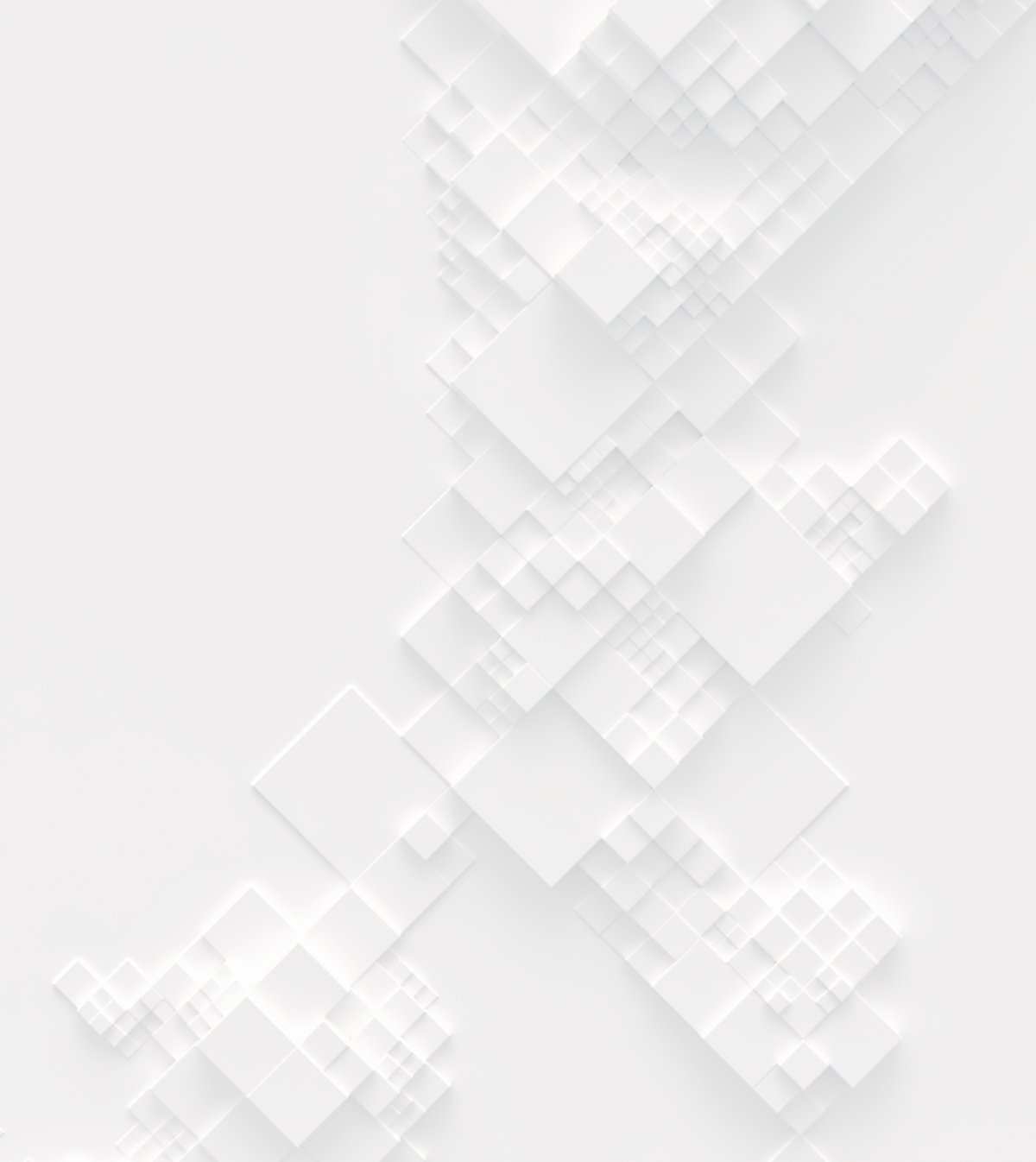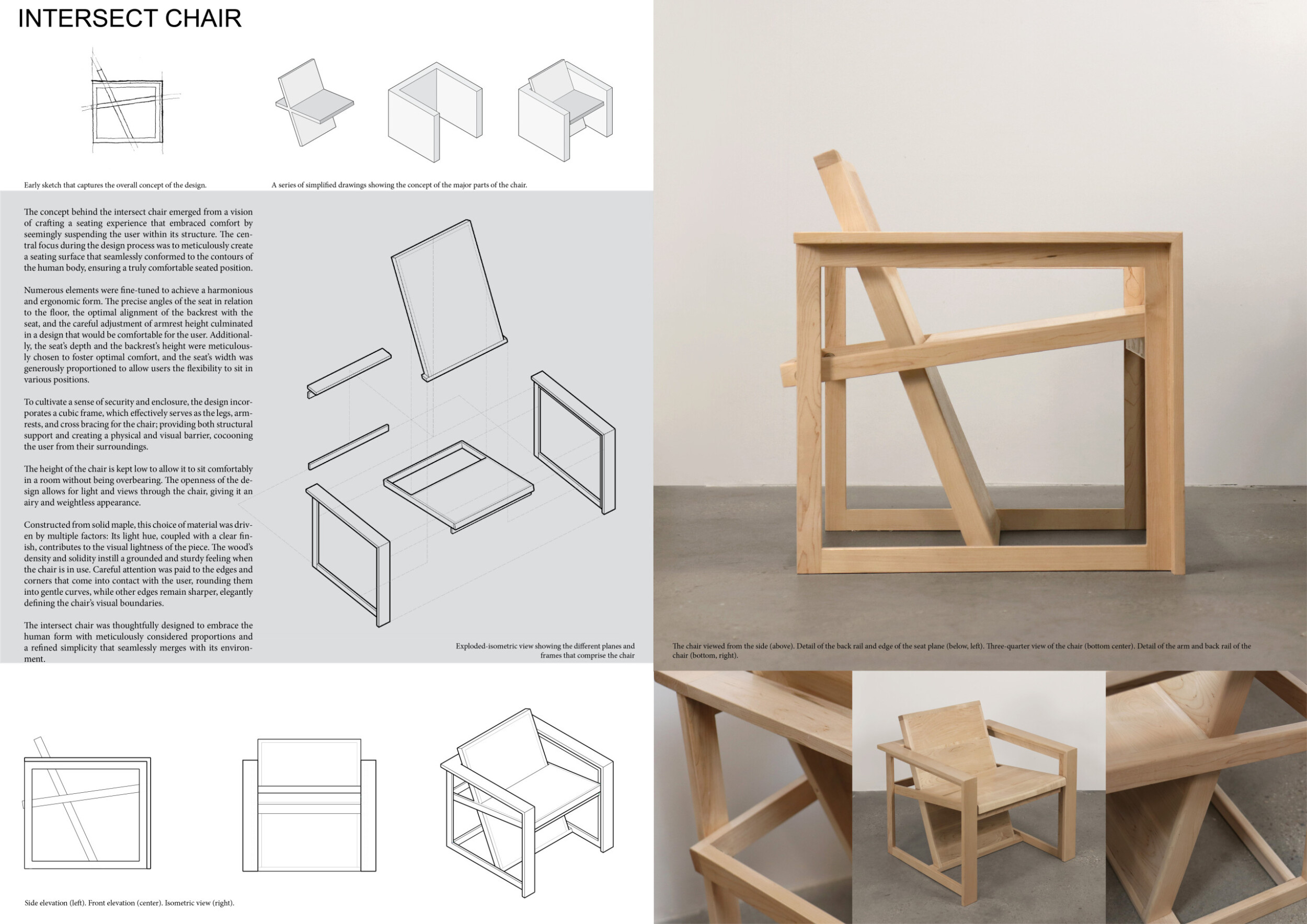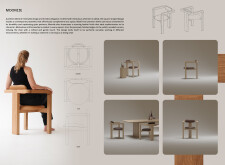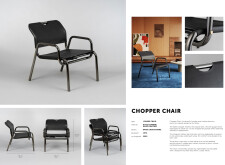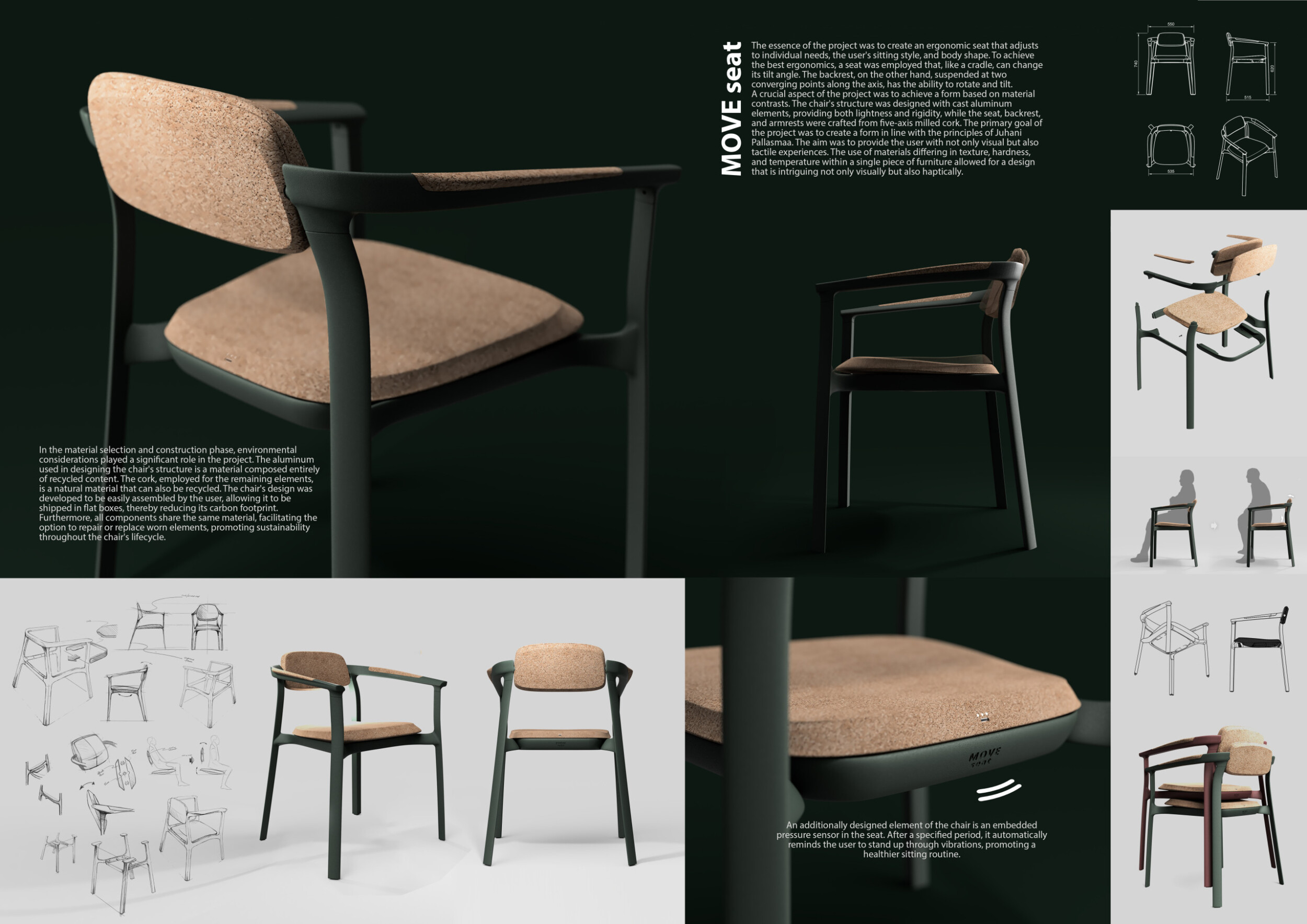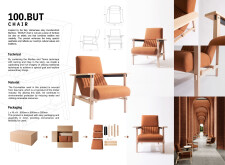Introduction
Buildner is pleased to announce the results of its first annual Architect’s Chair Competition.
Chair design is a testament to the interdisciplinary nature of architecture. It showcases the ability of architects to adapt their skills and sensibilities to various scales and contexts, blurring the lines between architecture, design and art. This versatility allows architects to explore new ideas and challenge conventional notions of what a chair can be, pushing the boundaries of aesthetics, materials and technology.
The event invited architects and designers from around the world to submit designs for a signature chair. Following in the tradition of iconic architects like Charles and Ray Eames, Ludwig Mies van der Rohe, Marcel Breuer, and Arne Jacobsen, participants were tasked with conceiving custom chairs that embody their distinct design philosophies and visions.
Buildner worked with an outstanding team of jurors representing the fields of architecture, product design and furniture design: Johan Ansander, an industrial designer based in Stockholm; Rasmus Bækkel Fex, a furniture designer with a studio in Copenhagen; Boris Berlin, a designer and Partner of Copenhagen-based Boris Berlin Design; Anne Brandhøj, a Partner at the furniture design studio Bly Studio who also works with wood sculptures under her own name Anne Brandhøj; Mårten Claesson, co-founder of Claesson Koivisto Rune Architects based in Stockholm; Sarah Hossli, a product designer based in Lucerne, Switzerland; Lorenz Noelle, a product designer based in Switzerland; Li Xiang, Founder and CEO of X+Living, which she established in 2011 in Shanghai; and Takeshi Yamamura, a Japanese architect and founder of Tokyo-based YSLA YamamuraSanzLaviña Architects.
The competition received entries from across the globe. Buildner and its jury team evaluated the submissions based on their functionality and comfort, aesthetics and signature style, materiality, craftsmanship and construction, and versatility.
Buildner and its jurors would like to thank the participants for submitting their work and to congratulate the winners for their excellent designs which are hallmarks of precision, craftsmanship and innovation.
As this competition series gains traction and interest, Buildner is also excited to announce the publication of its first book on the topic:
We sincerely thank our jury panel
for their time and expertise
Johan Ansander
designer
Sweden

Rasmus Bækkel Fex
Furniture designer
Denmark

Boris Berlin
Founder and Partner at Boris Berlin Design
Denmark

Anne Brandhøj
designer at Bly Studio, Anne Brandhøj
Denmark

Mårten Claesson
co-founder of Claesson Koivisto Rune Architects
Sweden

Sarah Hossli
Product designer
Switzerland

Lorenz Noelle
Product designer
Germany

Li Xiang
Founder and CEO of X+Living
China

Takeshi Yamamura
founder of YSLA YamamuraSanzLaviña Architects
Japan

Enter the next competition edition
1st Prize Winner
Bunker Stuhl

I enter architecture competitions to win.
Read full interviewJury feedback summary
Bunker Stuhl aims to create a cutting edge volume, resembling a brutalist architectural structure. A play on the contrast between the volume and the void, an original block transformation is carved and shaped into space and straight lines that becomes a functional seat, a backrest and a base. The environmentally-friendly chair is made of 100% recyclable polyethylene with a smooth and polished look that balances massiveness with thin edges.

This design seamlessly merges cutting-edge architecture with functional furniture, utilizing a unique block transformation that challenges the boundary between sculptural art and practical seating.
Anne Brandhøj / Buildner guest jury
designer at Bly Studio, Anne Brandhøj, Denmark

Combining strict geometry with ergonomics you're willing to trust is a design feat.
Mårten Claesson / Buildner guest jury
co-founder of Claesson Koivisto Rune Architects, Sweden

A new take on the cantilever chair, but neither specific demands of the injection molding, nor the anatomy of the human body are taken into consideration!
Boris Berlin / Buildner guest jury
Founder and Partner at Boris Berlin Design, Denmark

The goal of integrating the chair into existing architecture has been achieved. To understand the chair, it must be viewed from different perspectives, which makes it interesting. From the user's point of view, however, it also raises questions: Where to put the arms? Can the chair be moved easily? Where do you grab it? How heavy is it? Does the water run off when it rains?
Sarah Hossli / Buildner guest jury
Product designer, Switzerland

Neat and elegant with its integrally-formed shape, environmentally conscious, adaptive to various styles of spaces.
Li Xiang / Buildner guest jury
Founder and CEO of X+Living, China

Since recycling is an important factor required in design, "100% recycled" is a good idea, but the use of polyethylene is questionable. While sustainable Brutalism is a difficult challenge in the field of architecture, I would have liked to see the chair take on this challenge as it is something that can only be achieved with a chair.
Takeshi Yamamura / Buildner guest jury
founder of YSLA YamamuraSanzLaviña Architects, Japan
Buildner's commentary, recommendations and techniques review
Order your review here
Given this competition seeks new ideas for furniture which fundamentally is to provide human comfort, it would be helpful if the submission found ways to prove that the design meets basic parameters for ergonomics and functionality. The drawings would benefit from human scale figures that describe how one uses and fits into this chair. Read more The project would also be made more complete by using annotation to describe materiality in addition to the provided dimensions - a reader should not have to search the text for this information. The renderings are exquisite and help relate the architecture of the chair to the brutalist qualities of the buildings it apparently is designed to serve.
-
9/10 Linework

-
10/10 Quality of drawings

-
10/10 Balance of color

-
9/10 Layout

-
9/10 Hierarchy

-
6/10 Annotation

-
8/10 Text

-
9/10 Clarity of story

-
9/10 Clarity of diagrams

-
9/10 Quality of overall presentation

Enter an open architecture competition now
2nd Prize Winner
Elsie Chair

We engage in architecture competitions to exhibit our designs, expand our reach, and stay current with industry trends. These competitions fuel our creativity and inspire experimentation within our firm.
Read full interview in collaboration with: Les jardins de métis and L'Autre Atelier
in collaboration with: Les jardins de métis and L'Autre Atelier 
 Canada
Canada
Jury feedback summary
The Elsie chair is a tribute to Elsie Reford, the creator of the historic Reford Gardens in Grand-Métis, Québec, Canada, and inspired by the classic bentwood chairs of the 19th century. It is the testimony of a deep desire to do better with material and human resources. It aims to develop a new expression of the classic vocabulary by removing all superfluous elements while keeping the essence of the chair, its seat and back. The result is striking in its purity and fluidity. Read more The four chair legs support the seat and continue upward where they become the back and the arms. The thinness of the seat highlights the seven bars that make up the chair and whose size is larger than the tradition. The oversized nature of these pieces attracts the eye, but also invites touching and exploration.

The inspiration from the bentwood chairs is visible, the oversized parts add an interesting new touch. Nowadays there is an urgent need to use local resources (both the material and the manufacturing processes), which this chair does. This chair can also contribute to making red oak more popular again.
Sarah Hossli / Buildner guest jury
Product designer, Switzerland

The chair brilliantly pays homage to the historic Reford Gardens, blending seamlessly with La villa Estevan's architectural landscape while innovatively reinventing classic bentwood designs. The meticulous craftsmanship, oversized yet inviting components, and the unique use of solid red oak not only showcase a deep commitment to material and human resources but also create a durable, comfortable, and visually striking addition to the Reford Gardens' legacy.
Anne Brandhøj / Buildner guest jury
designer at Bly Studio, Anne Brandhøj, Denmark

The design is modern thanks to the reduction to the pure construction elements and yet still looks familiar thanks to the reference to classic well known bent chairs. The consistent use of solid oak makes the chair sustainable and allows it to blend naturally into its surroundings. The craftsmanship is remarkable, both in the joints and in the curves, which give the chair its own aesthetic, comfort and friendly personality.
Lorenz Noelle / Buildner guest jury
Product designer, Germany

It writes itself into the present, It looks functional despite being made of 100% wood.
Rasmus Bækkel Fex / Buildner guest jury
Furniture designer, Denmark

The chair is not properly constructed – especially the one without armrests - and will not be able to withstand sideways load applied horizontally to the top of the front leg. The back will not give enough comfort.
Boris Berlin / Buildner guest jury
Founder and Partner at Boris Berlin Design, Denmark

A warm texture and smooth surface processing simply reflect the craftsmanship.
Li Xiang / Buildner guest jury
Founder and CEO of X+Living, China
Buildner's commentary, recommendations and techniques review
Order your review here
The project is to be lauded for its use of photography which clearly describes production as well as detailing of joints employed to produce this chair. There are two main criticisms. The first is that the text is lengthy and without hierarchy or clear organization and would therefore benefit from more concise descriptions using key bold introductory words or subtitles. The second is the lack of drawings to describe dimensions or materials used to make the chair. Read more Basic dimensions are critical to understanding the design of this piece of furniture and the author is advised to consider the use of line drawings or annotating the photos directly.
-
N/A Linework

-
N/A Quality of drawings

-
8/10 Balance of color

-
8/10 Layout

-
8/10 Hierarchy

-
5/10 Annotation

-
7/10 Text

-
9/10 Clarity of story

-
9/10 Clarity of diagrams

-
7/10 Quality of overall presentation

3rd Prize Winner
Purvottanasana Chair

Competitions serve as valuable learning experiences. They provide a chance to hone our skills and expand our creative horizons, receive feedback from jurors or peers, and refine skills and techniques. The process of conceptualizing, developing, and presenting a competition entry can be incredibly enriching, fostering growth and improvement as an architect.
Read full interviewJury feedback summary
'Purvottanasana' chair with its radical minimalism emphasizes on geometric purity and appreciates the intrinsic beauty of its wooden material. Its elemental geometry brings simplicity in construction and solidity in appearance. Each trame on the side consists of three rectangular pieces of walnut wood connected by mortise and tenon joints. The seat connects the frames and the wooden block, which is placed on the frame as backrest and armrest, revealing its wooden and cracked nature. Read more According to the author, the employment of legible geometry, as exemplified in the works of designers like Donald Judd and Alvar Aalto, helps to accentuate the distinct properties of materials.

Sculptural, bordering on minimalist art - like a Carl Andre sculpture to actually sit in - surprisingly, it works!
Mårten Claesson / Buildner guest jury
co-founder of Claesson Koivisto Rune Architects, Sweden

The chair is characterized by its radicality. The balance between the radical geometry of the prominent backrest and the casual sitting position gives the design a unique signature. A great elementalism design is achieved through the minimalistic approach to the manufacturing of the black lacquered wood, the straight forward design language and the reduction to a pure seating gesture.
Lorenz Noelle / Buildner guest jury
Product designer, Germany

The chair exudes a captivating allure, thanks to its bold yet minimalistic design language. The juxtaposition of bombastic elements and understated simplicity is a striking feature, and the subtle, shrinking crack in the wood on the backrest adds a distinctive touch that enhances its overall appeal.
Anne Brandhøj / Buildner guest jury
designer at Bly Studio, Anne Brandhøj, Denmark

Very much its own, It is sculptural but also partially functional
Rasmus Bækkel Fex / Buildner guest jury
Furniture designer, Denmark

The chair is not properly constructed because it cannot withstand sideways load. The anatomy of the human body is not taken into consideration.
Boris Berlin / Buildner guest jury
Founder and Partner at Boris Berlin Design, Denmark

The chair is very graceful and monumental. It stands with a self-assuredness. Despite the cubic shape and heavy color, there is a certain lightness in the construction. For instance the detail of the shadow gap at the junction between seat and backrest. Or the planks used, which show less thickness. Only the choice of walnut wood, a very expensive wood that is otherwise known for its beautiful colors, seems not convincing to me.
Sarah Hossli / Buildner guest jury
Product designer, Switzerland
Buildner's commentary, recommendations and techniques review
Order your review here
The project makes excellent use of simple line drawings and diagrams to describe constructability, dimensions and human scale. The use of a single large photo supported by two photos focused on details is also successful and wholly impactful without. The text is, however, rather winding and without hierarchy, both visually and in terms of the information it conveys. Read more It is recommended that the author consider the submission much like a user manual, and to break the text into concise statements with headings that describe the main conceptual or material points. While the submission is intentionally minimalist, the author may also consider providing slightly more weight to the linework in the axonometrics. As currently drawn they nearly disappear onto a page that has little other information to compete with.
-
8/10 Linework

-
8/10 Quality of drawings

-
7/10 Balance of color

-
8/10 Layout

-
8/10 Hierarchy

-
7/10 Annotation

-
7/10 Text

-
8/10 Clarity of story

-
8/10 Clarity of diagrams

-
8/10 Quality of overall presentation

Honorable mentions
Fly Chair

We firmly believe that continually challenging ourselves is the catalyst for our professional evolution, compelling us to engage in an ongoing process of self-critique. Staying in sync with trends while actively pursuing innovation is imperative for advancing our brand. It serves as the driving force behind nurturing our adaptive and creative capabilities across diverse markets.
Read full interview Portugal
Portugal
Intersect Chair

Competitions benefit me in several ways, the most immediate is exposure of my work to peers and new audiences. But, personally, a competition creates a real deadline for me to organize a project into a thoughtful and complete form that is ready to share. This is especially important for personal projects that have no external deadlines.
Read full interview United States
United States
Mooniie

It is a good way to challenge your creativity.
Read full interviewChopper Chair
Move Seat

I highly appreciate designers who strive to push the boundaries of possibilities and go beyond what is already known. In our daily professional work, we may not always have the opportunity for such exploration, which doesn't necessarily positively impact our development. However, design competitions provide an ideal opportunity to explore new concepts and create something truly unconventional.
Read full interviewShortlisted projects
Architects Chair: Whispering Woods
University of Waterloo
+22 points Buildner University Rankings! Canada
Canada Ellie
Academy of Fine Arts in Kraków
+22 points Buildner University Rankings! Poland
Poland Kordela
HSD - Hochschule Düsseldorf - University of Applied Sciences
+22 points Buildner University Rankings! Germany
Germany The Halcyon Armchair
University of New South Wales
+22 points Buildner University Rankings! Australia
Australia Elsie Chair
Appareil Atelier in collaboration with: Les jardins de métis and L'Autre Atelier
 Canada
Canada Sitting on Clouds
Nactional Academy of Arts, Sofia
+22 points Buildner University Rankings! Bulgaria
Bulgaria 




